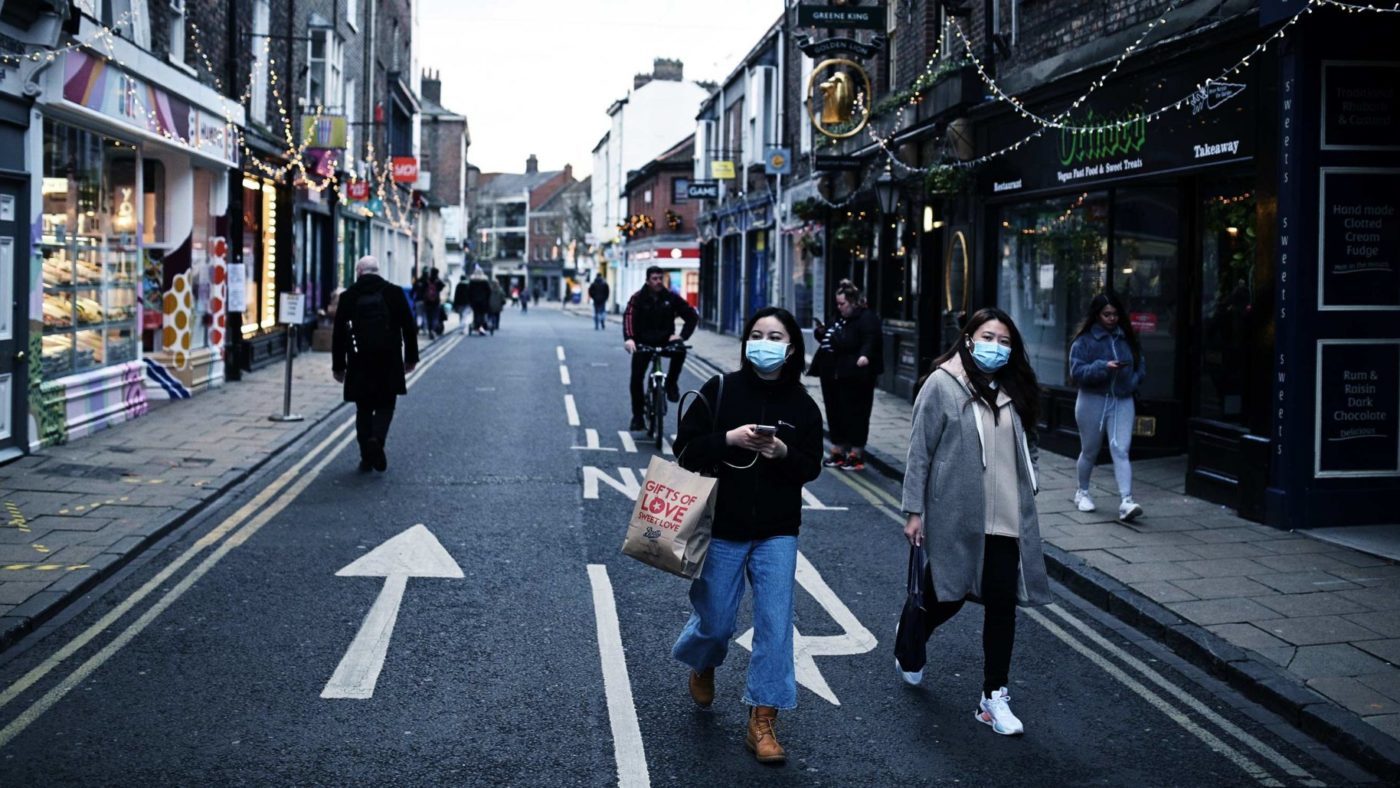Last week the UK chancellor, Rishi Sunak, warned that the UK’s “economic emergency has only just begun”. This struck me as overly pessimistic. While it’s not hard to think of things that could go wrong, some things are going right. Here are three of them, drawing on last week’s spending review and the accompanying report from the Office for Budget Responsibility (OBR).
First, a return to growth is in sight. The OBR forecasts that the economy will expand by a hefty 5.5% in 2021 and 6.6% in 2022. Agreed, it will take almost two years for the economy to return to pre-crisis levels of GDP. But this represents a faster recovery than after the global financial crisis, when it took five years to regain lost ground. There are two obvious risks. A no-deal Brexit would, the OBR estimate, knock 2.0% off growth next year; delays to, or failures in, vaccines could hit growth much harder. But, equally, a successful and swift deployment of vaccines could turbocharge the recovery.
Second, the OBR has cut its forecast for the peak in unemployment from 12%, estimated in July, to 7.5%. This would represent the lowest recessionary peak in unemployment since the 1970s, and far below that seen after the 1990–1991 and 2008–09 recessions. Rising unemployment carries a huge human and economic cost and these are set to mount in 2021 – albeit significantly mitigated by high levels of public support for jobs and household incomes.
Third, low financing costs mean soaring public sector debt is more manageable than it looks. With UK public sector debt likely to run at well over 100% of GDP for several years the UK has only been more indebted in the wake of the first and second world wars and the Napoleonic war. Yet lower interest rates mean that the cost of servicing this debt has declined and next year is likely to hit a new post-war low. UK debt has a long maturity of over 15 years so it would, in any case, take years for higher interest rates to affect the government’s funding costs. Moreover, there is no clear level at which public debt becomes unmanageable. High though current debt levels are, they have been higher in the past and are higher in some other industrialised countries. Japan’s debt-to-GDP ratio, for instance, has been higher than 150% for 20 years. In time tax rises and/or reductions in spending will be needed to stabilise the public finances – that is something to tackle once the recovery is entrenched.
Of course none of this is to say that we are out of the woods. Even so, the fact this recession was caused by a virus offers hope about the coming recovery. Unlike previous post-war downturns, this one emanated from outside the economic system. A successful vaccine deployment would halt the recession in its tracks. That points to an unusually strong rebound in activity in 2021. That remains the most likely outcome.
PS: This year has seen a surprising fall in the number of corporate failures in many advanced economies, including the UK. Figures from the UK Insolvency Service show insolvencies in October were 42% lower than a year ago despite a huge contraction in the economy. The fall in insolvencies reflects the extraordinary financial support extended to the private sector, a reduction in enforcement action by HMRC and the courts, and some temporary protections from creditors that expire on 31 December. As support unwinds insolvencies are likely to rise. The government’s Business Impact of COVID-19 Survey highlights the difficulties facing some corporates. It shows that 8.4% of UK firms have less than one month of cash reserves and 14% of business have little or no confidence they will survive until February. An analysis produced by colleagues in Restructuring Services estimates that insolvencies could rise by almost 60% in the first half of next year, matching the scale of the increase experienced at the height of the global financial crisis in 2009, with the arts, retail, hospitality and automotive sectors worst affected.
This article was originally published on Deloitte’s Monday Briefing – read the original here.
Click here to subscribe to our daily briefing – the best pieces from CapX and across the web.
CapX depends on the generosity of its readers. If you value what we do, please consider making a donation.


